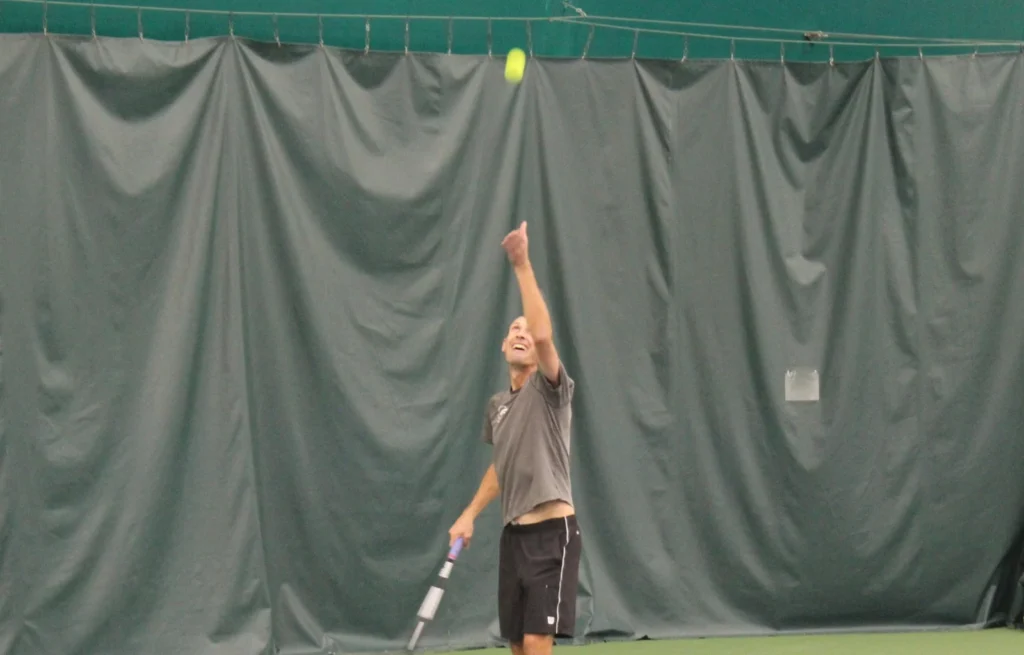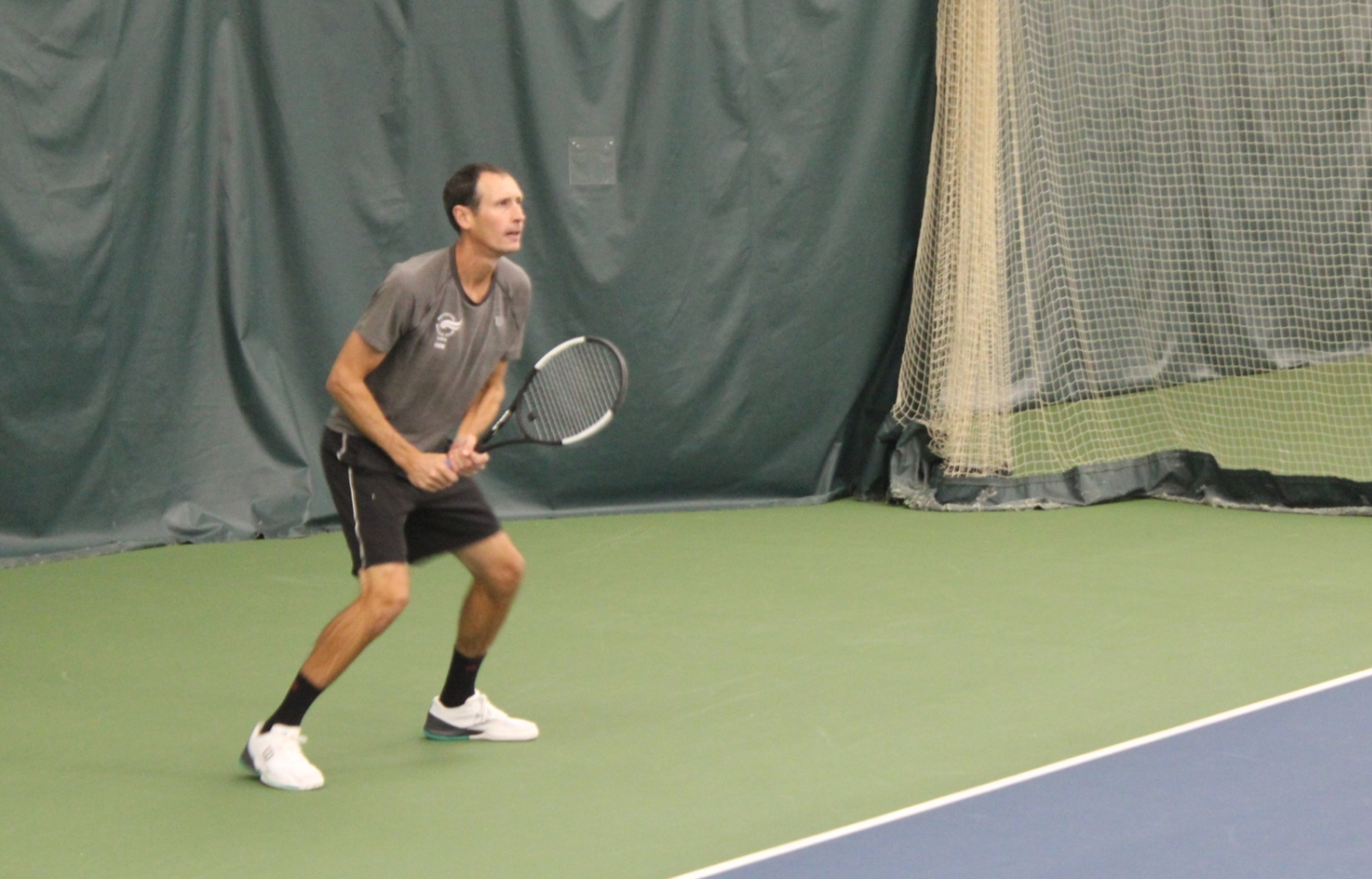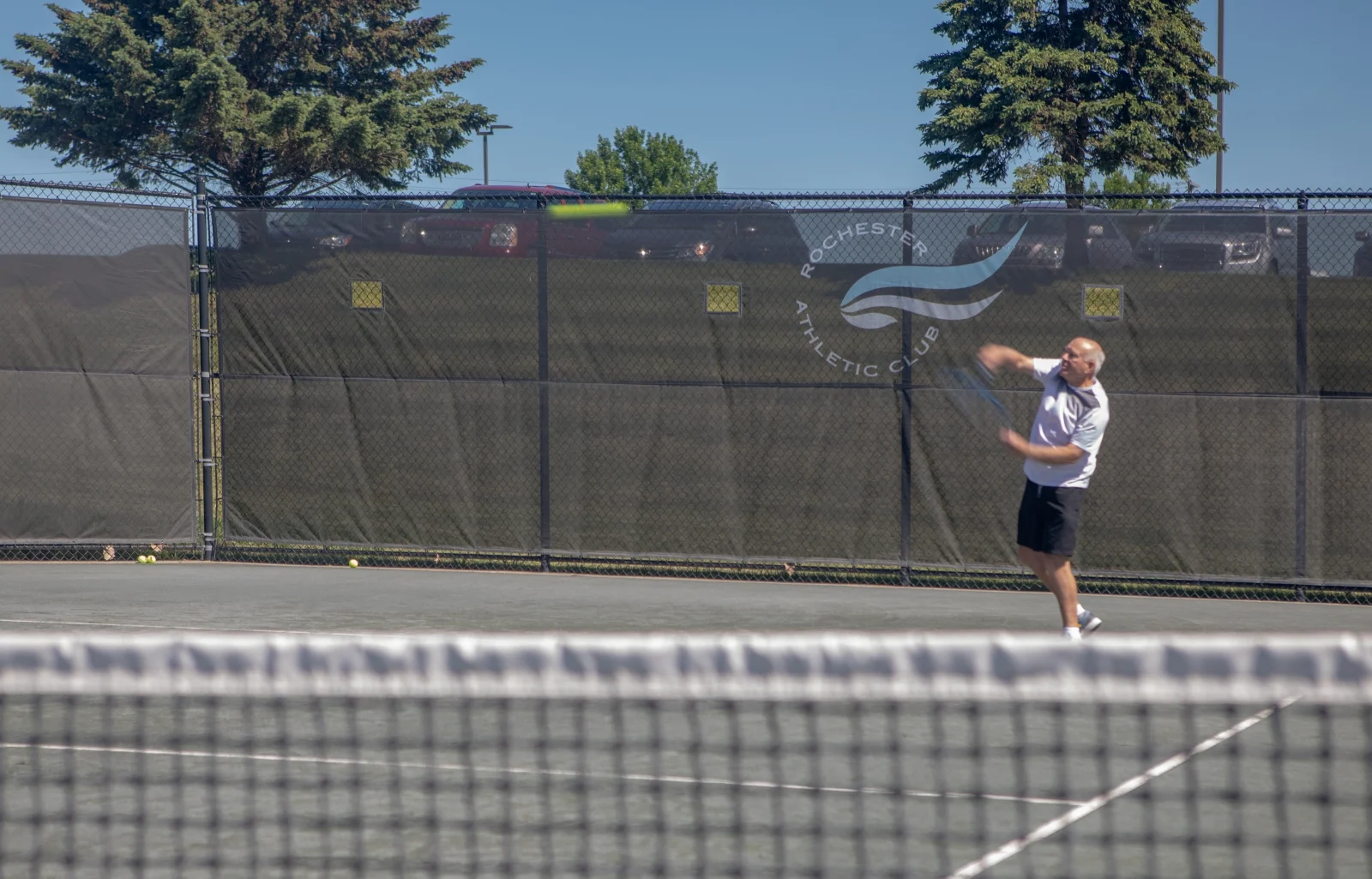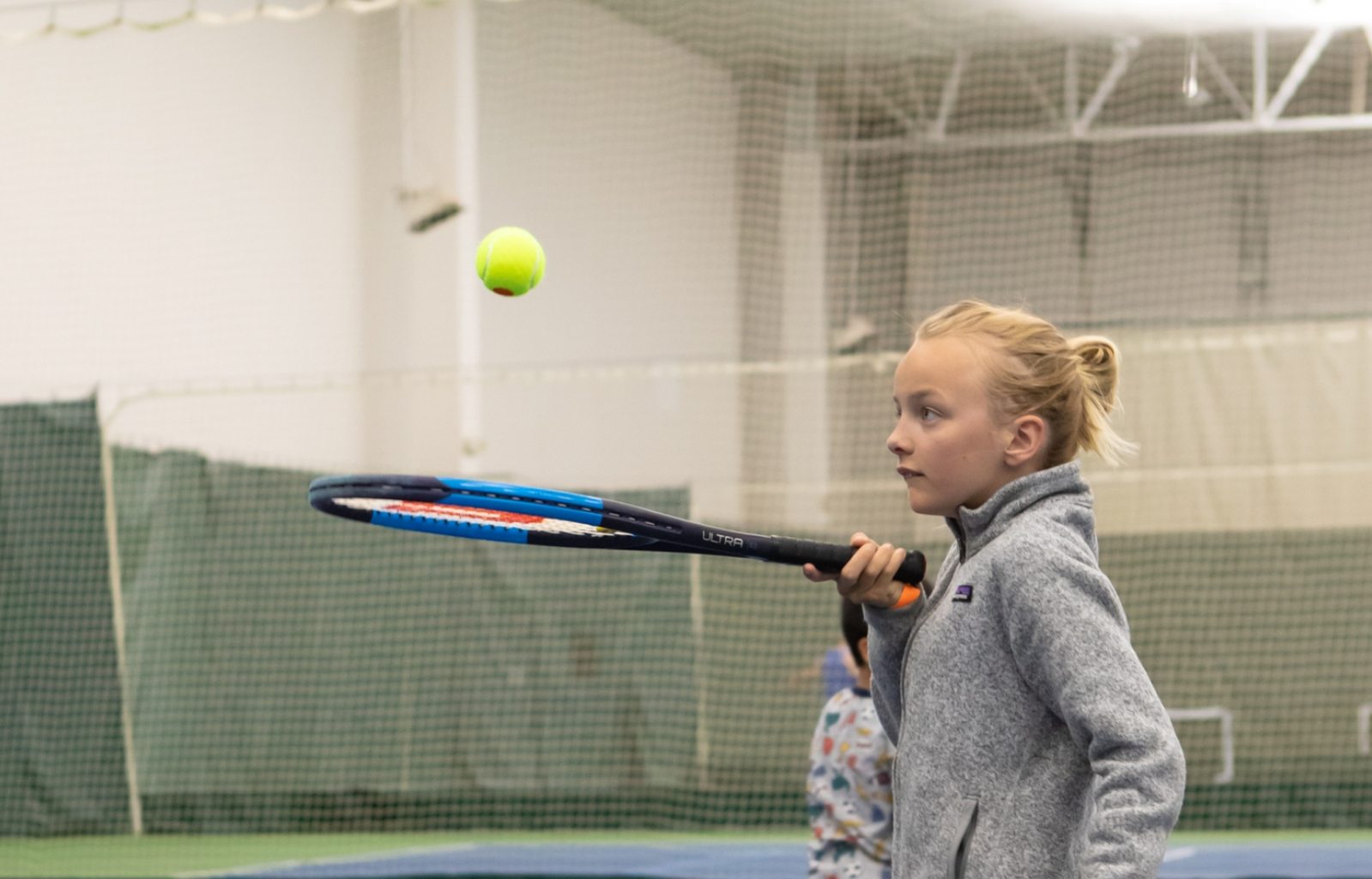Some of my favorite parts of playing tennis are the strategies used to outmaneuver an opponent. In this blog I would like to share some fundamental strategies that apply to the game of doubles. Many people ask if professional doubles concepts can be applied to a club player or USTA doubles match. My reply is always YES!
Use your strengths against their weaknesses
First, honestly assess the skills you and your partner possess individually and as a team. Here are a few questions to ask:
– Is my doubles partnership stronger at the net or the baseline?
I have seen countless players lose rally after rally at the baseline and become increasingly frustrated without realizing that coming to the net is to their advantage. A player who has more success at the net must do anything possible to get up there ASAP! Serve and volley or return and volley can help you stay away from these undesirable exchanges. Or if there is no ball that helps you move forward, play a groundstroke at the other team’s net person.
Sometimes I will play with a partner who is crafty at the baseline, but is not comfortable at the net. When playing with a savvy groundstroker, it is important to pick your spots and move across the middle to help shorten points. If you and your partner are both stronger from the baseline, play back on the return games. This strategy makes it difficult for your opponents to finish at the net since you have more time to defend against their attack.
– Who has the stronger serve on your team and can your team hit spots on serves?
It should go without saying that the better server on your team serves first in the match and first in every set that you play. Do not feel like you are might hurt your partner’s feelings and let them start a match if you possess the biggest court weapon. Respectfully discuss the serve sequence before your match. Remember the goal is to win the match, so a good teammate should agree!
Talk about which spots you and your partner are most comfortable hitting. If I keep telling my partner to aim wide on big points even though they do not trust that serve, I am asking for double faults and mistakes. It is ideal to have a partner that can hit wide, body, and ‘T’ in each service box. This variety will allow you to attack a weaker shot. I always appreciate a partner that is able to serve to the middle of the box or ‘T’. This serve allows the net player to help in the middle of the court and cross.
– Is there a shot that you need to hide?
Raise your hand if you have a noticeably weaker backhand. There are probably lots of hands in the air! If that’s the case, you and your partner want execute a plan so the need for a backhand shot rarely surfaces. I advise placing the player with the weaker backhand in the deuce court.
This placement will allow them to more easily step around their backhand. Just make sure they are ready to move to the right on the wide serve. The next suggested adjustment is to have the net player play aggressively towards the middle court. That way the backhand groundstroke is successfully hidden.
A weaker serve can also be hidden with aggressive net play by your partner. Poaching and using different formations can keep returners uncomfortable even on soft second serves. The beauty of doubles is that you can use your partner to take some stress off a weakness that might be more easily exposed in a singles match.
Next, turn your attention to the opponent attack strategy
– Are my opponents able to volley?
It is always a good idea to play a strong return at the net player early in the match to see how they handle it. If it works, keep testing them! In addition, I love using warmups to gauge my opponent’s volleys. Whenever I warm up against someone who hits three volleys, skips overheads, and says “I’m good”, I am hopeful. It is a signal their net play may not be a strength.
– Which side do my opponents hit better from the baseline/returns? Forehand or backhand?
Figuring out your opponent’s strong side for both returns and rallies is helpful. You can scout them before the match or test them during the first few match games. Discuss a game plan with your partner about serve and volley locations. You might be facing a rangy player that returns well on the stretch, but cannot handle a serve close to the body. You may also notice that your foe has trouble when you volley short in the court forcing them to move forward.
– Do either of your opponents move well at the net?
It is easy to plan for an opposing doubles team that plays a standard formation and does not move at the net. When you play a team that moves well at the net, varied returns are necessary. The down-the-line and lob return must be mixed with the reliable cross court return. Also recognizing when changes occur is important. Notice if the opposing team is more willing to move when the stakes are high or if movement only comes off a serve targeted to a certain area.
Understand how to get the most out of your partner
Having two talented players on the same net side does not always create a winning combination. Winning in doubles is always about getting your partner to play his or her best!
– Does my partner require lots of energy from me?
There are two main categories of tennis players as it relates to energy on court. The first type of player is the competitor who stays very even keel emotionally throughout a match. Picture a player like Roger Federer or Sloane Stephens. When you play with a partner like this, it is still important to engage and communicate, but not necessary to pump them up as they do not need extra energy to play their best. Instead, you may want to discuss how they can help you play your best tennis. Make sure to stay engaged with your partner and find ways to show positive energy.
The second energy category are those who show emotion easily. Evidence of winning or losing can be easily determined by watching reactions after each point’s finish. If your goal is to win the match, it is crucial to keep this doubles partner positive and feeling good throughout the match. The worst move would be to turn your back and walk away from your partner after they miss a shot. Unfortunately while watching doubles matches, I have seen this behavior many times.
Here are a few things you can do that are crucial to keeping your partner in a good place.
- High fives, fist bumps, or racket taps between points.
- Communicate verbally between points even if it is just a joke. Be careful to not coach your partner.
- Talk about your next play. Focus on the next serve or return. Again, make sure you are not talking about what went wrong during the last point.
Give yourself the best chance at success!
Winning as a doubles team requires much more than simply walking onto the court and figuring it out as you go. I hear many stories from players who are frustrated that they lost another 3rd set tiebreaker in their USTA match. The first question that comes to my mind is whether this loss could have been avoided with thorough and complete preparation. Are you willing to spend the time to discuss the strengths and weaknesses of your play, your partner’s game and the opponents’ before the match? If you can strategize, stay positive and gel as a team, winning will occur more often and losses will be much easier to digest.




